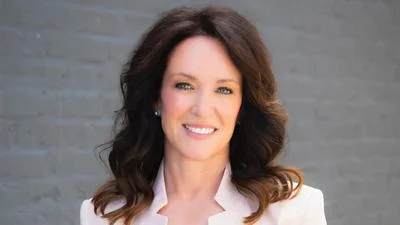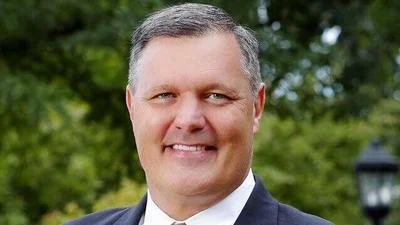Everlong Founder and CEO Doug Truax | LinkedIn
Everlong Founder and CEO Doug Truax | LinkedIn
Managing Director of Risk Strategies Company at Risk Management Advisors R. Wesley Sierk III recently explained that captive health insurance is a key part of enterprise risk management (ERM) programs and helps to mitigate risk better than traditional insurance.
ERM is the process of "identifying, defining, quantifying and treating all of the risks facing an organization, whether insurable or not," according to the International Risk Management Institute (IRMI). ERM is not like traditional risk management in that it looks at general risk in categories such as "hazard or event risk, operational risk, credit risk and financial risk."
Sierk states that captive health insurance, and captive insurance in general, forms its own insurance company that insure the risks of the cell. Since it is self-insured, the risks can be better managed in order to protect the bottom line of the cell and ultimately save partners money.
Sierk adds that captive insurance is often the most financially efficient method of financial risk due to the tax benefits that are allotted to the parent company or cell. Captive insurances also generally provide loss prevention and claims handling services that add to that protection.
"A health insurance captive is a wholly owned subsidiary insurer that provides risk-mitigation services for its parent company or a group of related companies. The employer, along with other similar-sized enterprises, sign up to become participants of the plan. As member-owners of the program, the participants all agree to spread the risk, using a stop-loss insurance model. This approach is designed to keep costs down over time while also reducing volatility," Everlong explained in a blog post.
Captive health insurance offers a "buffer" between the self-insured employer and stop-loss carrier which helps to mitigate exposure to risk and reduces volatility, according to Everlong. This allows for any high-cost claims made and the risk it creates is spread throughout all members of a cell so premiums do not increase substantially for any one partner, businesses can still take care of their employee needs and the chance for profitability increases as that premium cost is well maintained and excess can be retained to be passed back to the cells partners.
"Everlong, and it’s a purpose-built, high-performance health insurance captive, really designed to break free from traditional ways of thinking and provide a better way to purchase group health insurance," Doug Truax, CEO of Everlong, said in a podcast. "I do think that forward-thinking brokers talk about the should-haves, like predictive claims management and things like that, and the could-haves, like the dividends that you could get back. Now, that, to me, is real value to your clients, and that’s how you differentiate yourself and demonstrate your value to your clients, and improve their condition by providing a better way to purchase group health insurance."
Truax said that Everlong also works in an innovative, forward-thinking manner in terms of compensation for employees. Everlong agents focus highly on predictive claims management in that agents work extremely hard to improve a client's situation through the use of "powerful health data tools and analytics solutions."
Truax explained that captive health insurance is ideal for medium-size businesses so that each cell has around 50 business owners. This has been the "sweet spot" Everlong has found that is most beneficial to clients.
Visitors can find more information on captive health insurance from Everlong at the company's website.






 Alerts Sign-up
Alerts Sign-up